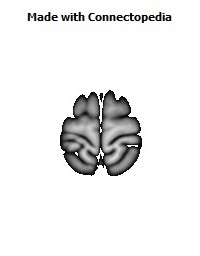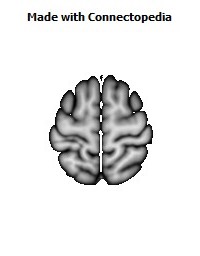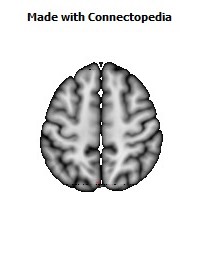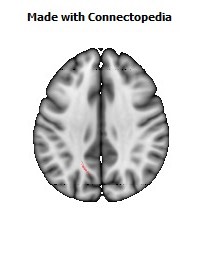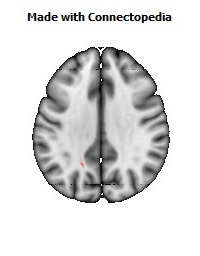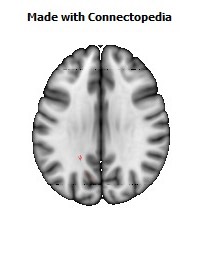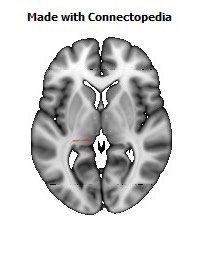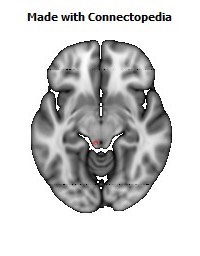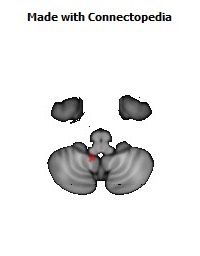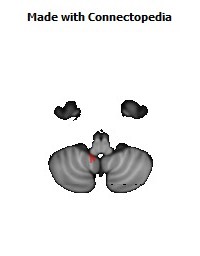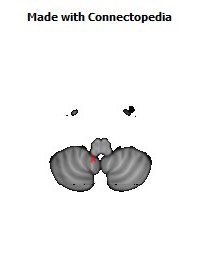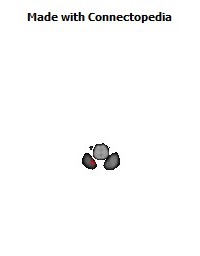
The spinothalamic tract is a sensory pathway originating in the spinal cord. It is one component of the anterolateral system. It transmits information to the thalamus about pain, temperature, itch and crude touch. The pathway decussates at the level of the spinal cord, rather than in the brainstem like the posterior column-medial lemniscus pathway and corticospinal tract.
Structure
There are two main parts of the spinothalamic tract (STT):
• The lateral spinothalamic tract transmits pain and temperature.
• The anterior spinothalamic tract (or ventral spinothalamic tract) transmits crude touch and firm pressure.
The spinothalamic tract, like the dorsal column-medial lemniscus tract, uses three neurons to convey sensory information from the periphery to conscious level at the cerebral cortex.
Pseudounipolar neurons in the dorsal root ganglion have axons that lead from the skin into the dorsal spinal cord where they ascend or descend one or two vertebral levels via Lissauer's tract and then synapse with secondary neurons in either the substantia gelatinosa or the nucleus proprius. These secondary neurons are called tract cells.
The axons of the tract cells cross over (decussate) to the other side of the spinal cord via the anterior white commissure, and to the anterolateral corner of the spinal cord (hence the spinothalamic tract being part of the anterolateral system). Decussation usually occurs 1-2 spinal nerve segments above the point of entry. The axons travel up the length of the spinal cord into the brainstem, specifically the rostral ventromedial medulla.
Traveling up the brainstem, the tract moves dorsally. The neurons ultimately synapse with third-order neurons in several nuclei of the thalamus -- including the medial dorsal, ventral posterior lateral, and ventral medial posterior nuclei. From there, signals go to the cingulate cortex, the primary somatosensory cortex, and insular cortex respectively.
Function
The types of sensory information transmitted via the spinothalamic tract are described as affective sensation. This means that the sensation is accompanied by a compulsion to act. For instance, an itch is accompanied by a need to scratch, and a painful stimulus makes us want to withdraw from the pain.
There are two sub-systems identified:
• Direct (for direct conscious appreciation of pain)
• Indirect (for affective and arousal impact of pain).
Indirect projections include
- Spino-Reticulo-Thalamo-Cortical (part of the ascending reticular arousal system, aka ARAS)
- Spino-Mesencephalic-Limbic (for affective impact of pain).
Clinical significance
Unilateral lesion usually causes contralateral anaesthesia (loss of pain and temperature). Anaesthesia will normally begin 1-2 segments below the level of lesion, affecting all caudal body areas. This is clinically tested by using pinpricks.





